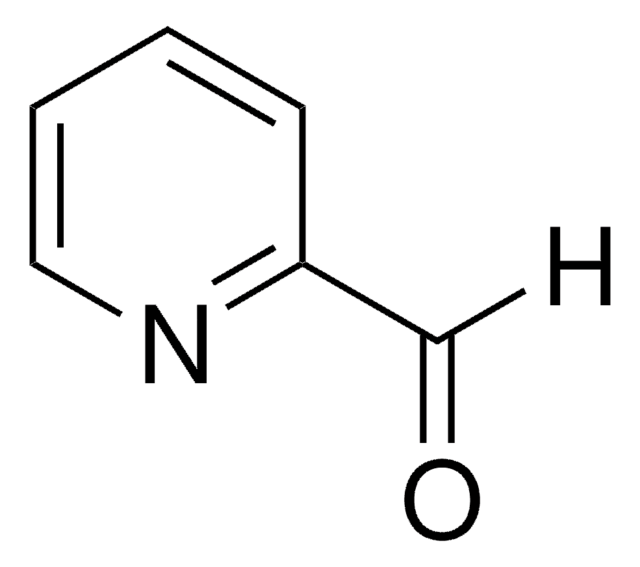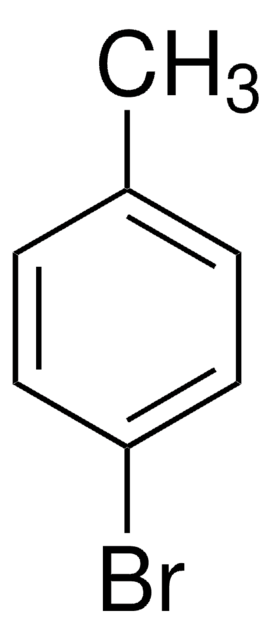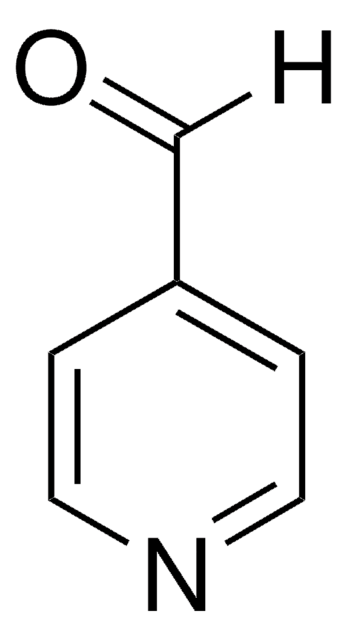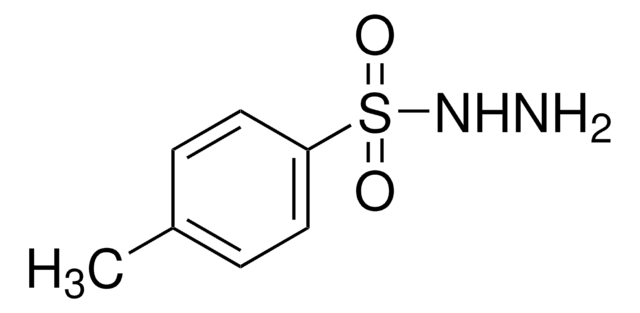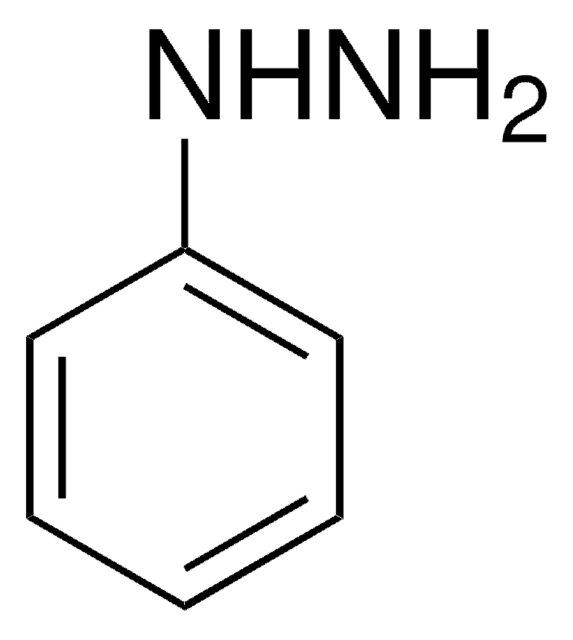185884
N,N-Dimetilacetamida
ReagentPlus®, ≥99%
Sinónimos:
DMAc
About This Item
Productos recomendados
densidad de vapor
3 (vs air)
Nivel de calidad
presión de vapor
2 mmHg ( 25 °C)
4 mmHg ( 38 °C)
Línea del producto
ReagentPlus®
Análisis
≥99%
formulario
liquid
temp. de autoignición
914 °F
lim. expl.
1.8 %, 100 °F
11.5 %, 160 °F
índice de refracción
n20/D 1.437 (lit.)
pH
4 (20 °C, 200 g/L)
bp
164.5-166 °C (lit.)
mp
−20 °C (lit.)
densidad
0.937 g/mL at 25 °C (lit.)
cadena SMILES
CN(C)C(C)=O
InChI
1S/C4H9NO/c1-4(6)5(2)3/h1-3H3
Clave InChI
FXHOOIRPVKKKFG-UHFFFAOYSA-N
¿Está buscando productos similares? Visita Guía de comparación de productos
Categorías relacionadas
Descripción general
Aplicación
It may be used to compose the solvent system along with lithium chloride (LiCl) for the dissolution of commercial rayon grade cellulose. DMAc/LiCl solvent mixtures have been used for the preparation of chitin, cellulose and polyimide fibers and films.
Información legal
Palabra de señalización
Danger
Frases de peligro
Clasificaciones de peligro
Acute Tox. 4 Dermal - Acute Tox. 4 Inhalation - Eye Irrit. 2 - Repr. 1B
Código de clase de almacenamiento
6.1C - Combustible acute toxic Cat.3 / toxic compounds or compounds which causing chronic effects
Clase de riesgo para el agua (WGK)
WGK 2
Punto de inflamabilidad (°F)
147.2 °F - closed cup
Punto de inflamabilidad (°C)
64 °C - closed cup
Equipo de protección personal
Eyeshields, Faceshields, Gloves, type ABEK (EN14387) respirator filter
Elija entre una de las versiones más recientes:
¿Ya tiene este producto?
Encuentre la documentación para los productos que ha comprado recientemente en la Biblioteca de documentos.
Los clientes también vieron
Nuestro equipo de científicos tiene experiencia en todas las áreas de investigación: Ciencias de la vida, Ciencia de los materiales, Síntesis química, Cromatografía, Analítica y muchas otras.
Póngase en contacto con el Servicio técnico

